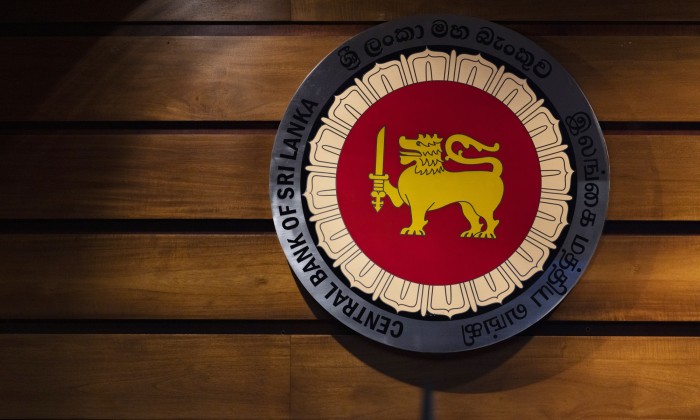


The Central Bank emphasized the importance of businesses in Sri Lanka understanding the current exchange rate system to establish more precise expectations and reduce the risk of incurring losses due to currency exchange fluctuations. Sri Lanka’s businesses, particularly exporters, have recently called for a stable and competitive exchange rate amidst the recent sharp appreciation of the rupee. Central Bank Governor Dr. Nandalal Weerasinghe explained that understanding the mechanism of exchange rate determination is crucial, especially given the legacy of long periods of a fixed exchange rate which has led businesses to certain expectations. He highlighted that when businesses expect an exchange rate of Rs.350 and it ends up at Rs.300, they incur losses due to these misplaced expectations. Dr. Weerasinghe stressed that the current regime aims to smoothen volatilities and that the country cannot fix the exchange rate due to underlying macroeconomic issues, such as fiscal and external imbalances. He pointed out that without addressing these root causes, attempting to control the exchange rate would result in a boom-and-bust cycle, and that price stability, the core objective of the Central Bank, cannot be maintained through exchange rate fixing.
Sri Lanka Banks’ Association Chairman and Standard Chartered Sri Lanka Chief Executive Officer Bingumal Thewarathanthri anticipates a stronger rupee upon the completion of Sri Lanka’s external debt restructuring, due to incoming inflows. However, he predicts a depreciation of the rupee soon after, although not significantly, estimating a 5-7 percent depreciation, which aligns with historical performance. He acknowledged exporters' concerns regarding the competitiveness of Sri Lanka’s exports in the global market due to the strengthening rupee and elevated input costs. Thewarathanthri expressed confidence that some level of stability would be reached, emphasizing the need to watch the situation closely